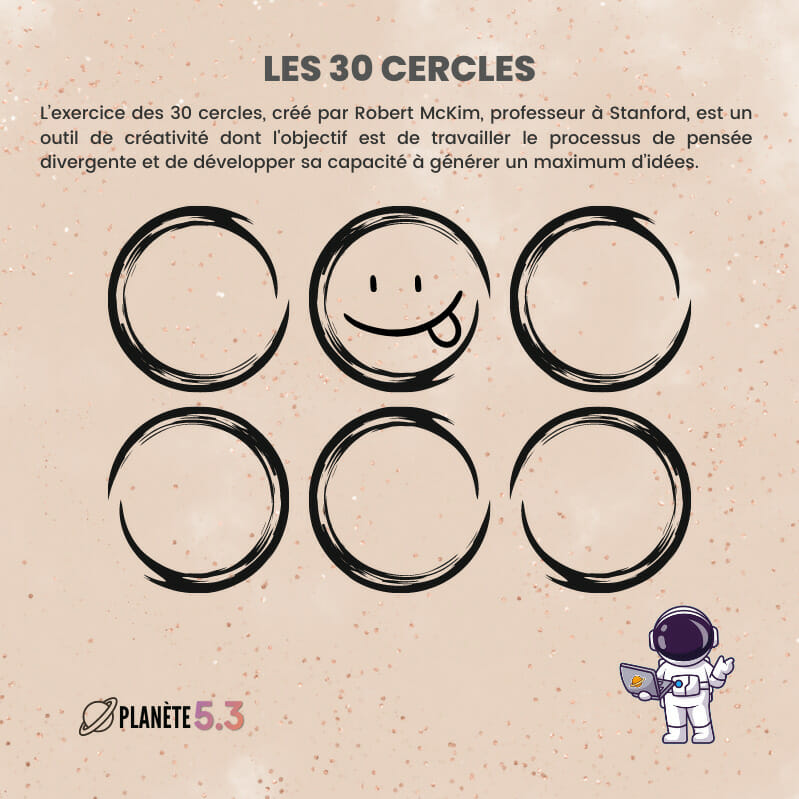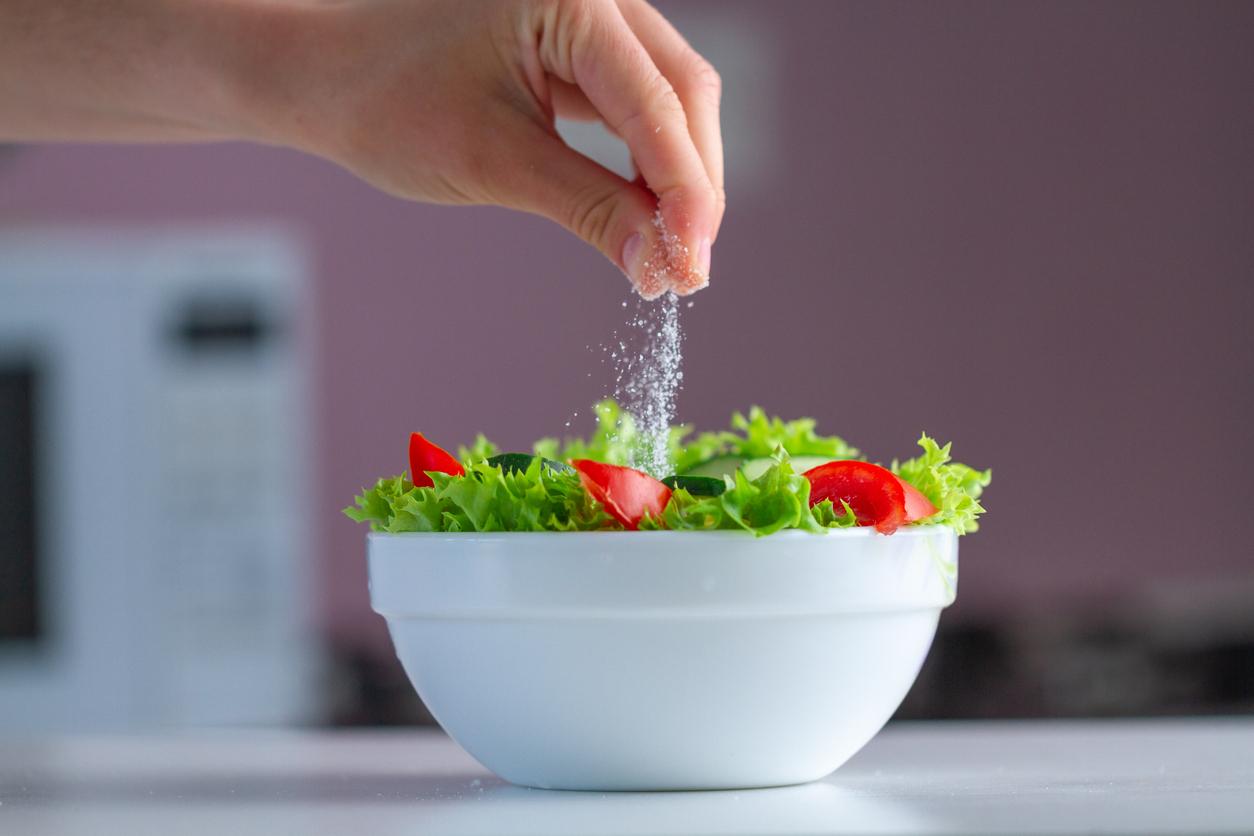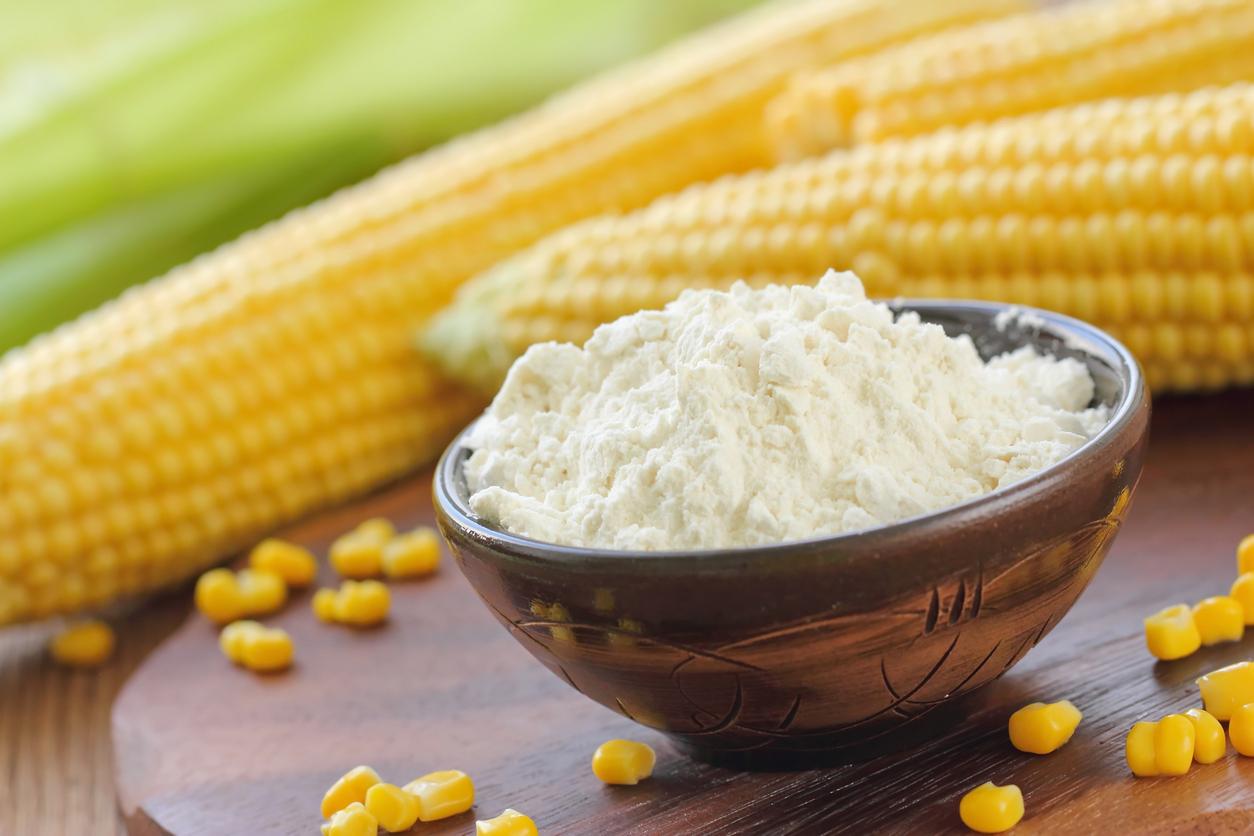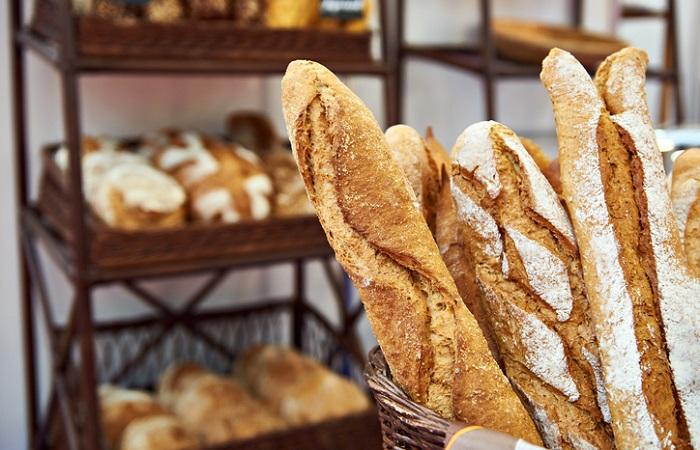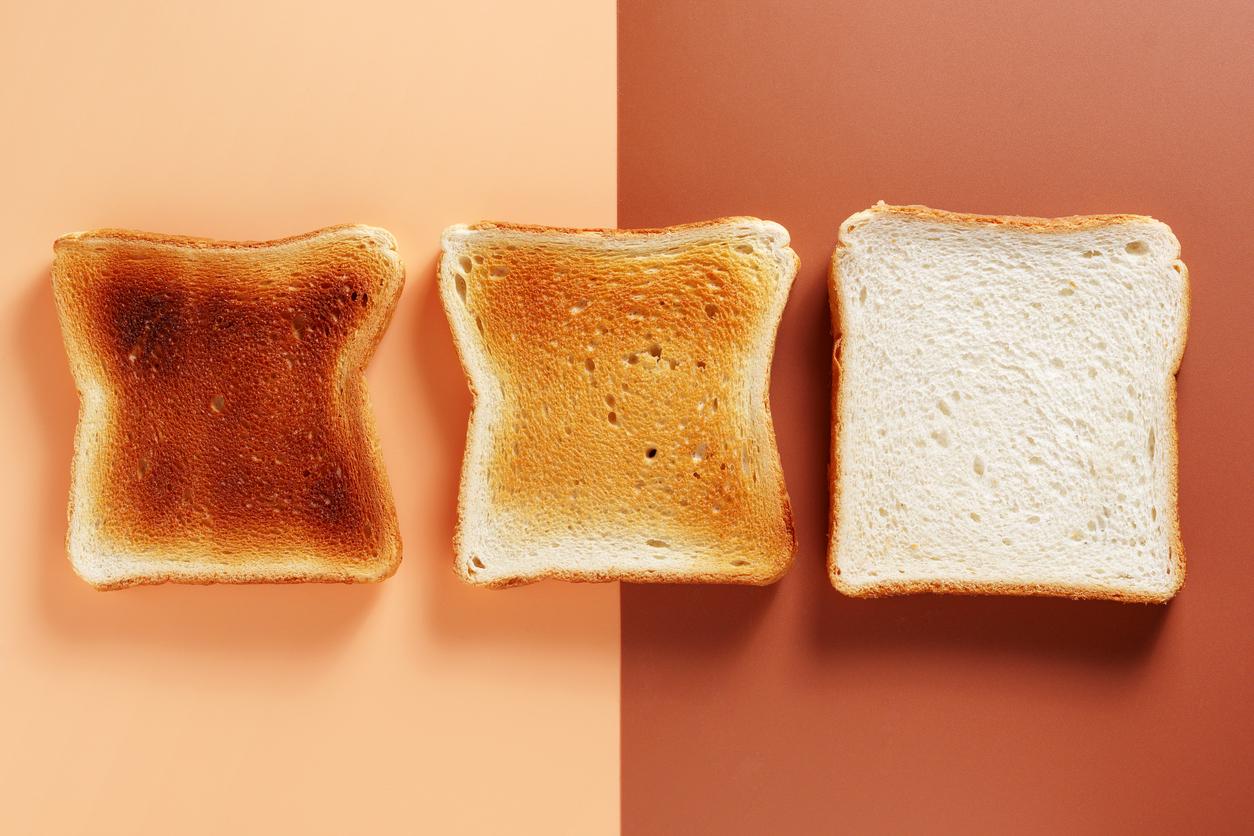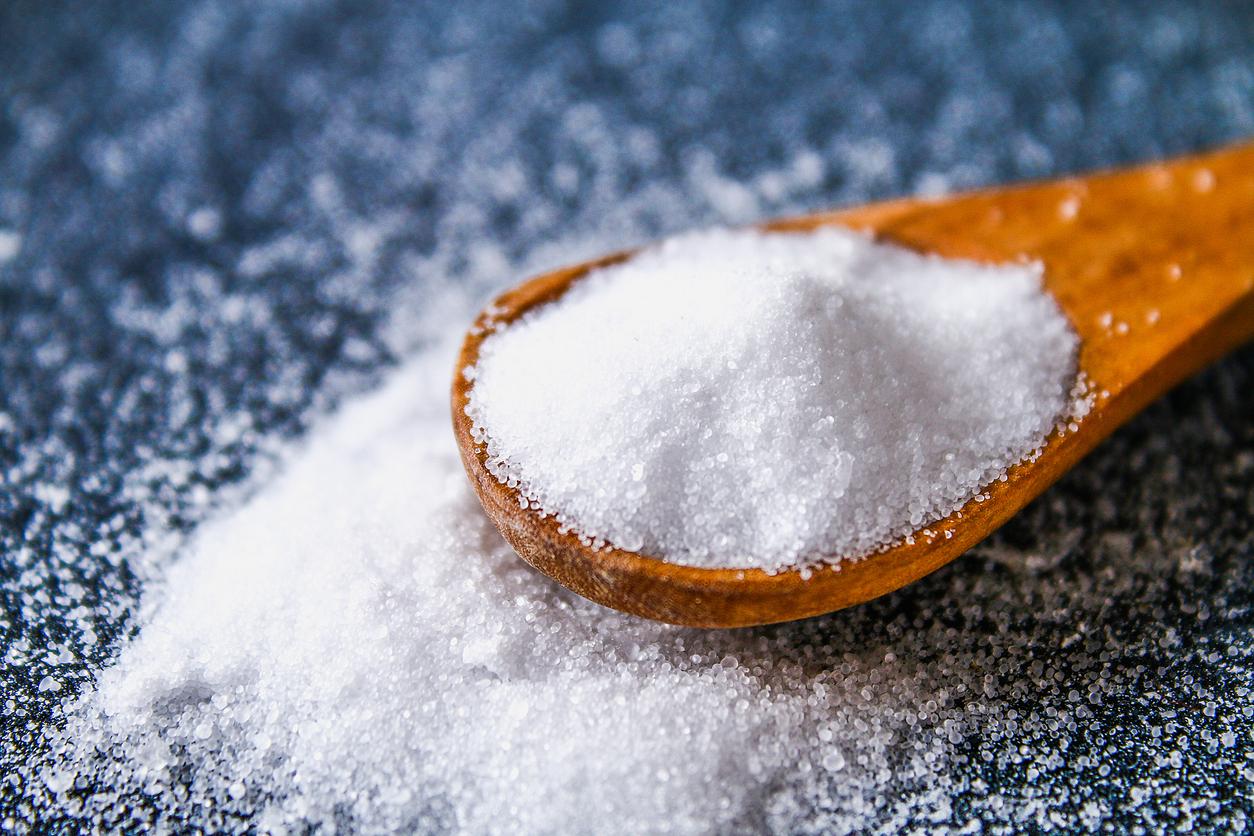Baked goods are one of the major sources of sodium in the diet. Reducing the amount of salt they contain is an important way to lower overall sodium intake.
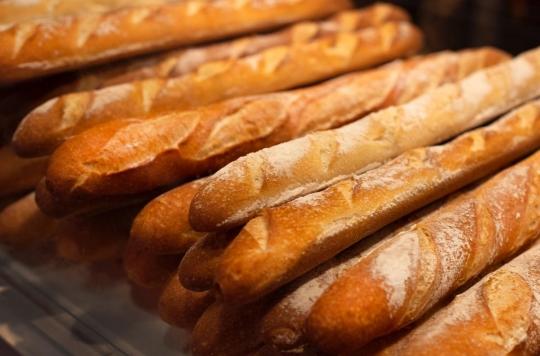
- On average, there are 1.5 g of salt per 100 g of bread.
- The Minister of Health recommends a maximum quantity of 18 g of salt per kilo of bread.
- The salt-free diet is generally reserved for people with specific pathologies such as kidney failure, heart failure or liver failure.
Excess salt is bad for your health: high blood pressure, increased risk of heart disease or stroke. According to’World Health Organization, we should not exceed 5 grams of salt per day, but we consume between 9 and 12 grams daily on average. Reducing the amount of salt ingested is essential to preserve our health, but it hides everywhere: in prepared meals, processed products such as cold cuts, in sauces but also in bread. In the United States, researchers have found a way to reduce the amount of sodium in bread, without altering its taste. Their work has appeared in International Journal of Food Science & Technology.
Bread and baked goods: important sources of sodium
According to Aubrey Dunteman, lead author of this study, 70% of sodium from food comes from processed products. “The main source is actually baked goodsReducing the amount of salt in these could significantly lower overall sodium intake. “Bread is one of the staple foods in many people’s diets, and people usually don’t stick to just one serving.“.
Different methods of sodium reduction
But salt is an essential ingredient in bread making: it contributes to the structure and flavor of bread, and it is necessary for the proper functioning of yeast. Aubrey Dunteman and his team reviewed academic articles on sodium reduction in bread. “The most basic method is simply to reduce the amount of salt in the product“, explains the scientist. However, it has its limits: from a certain point, the recipe will be degraded either because the yeast will no longer be able to work or because the taste will be altered. There is another technique: the modification physics of the product.”If the salt is evenly distributed in a slice of bread, as you take more bites it will taste less salty because you are already adapted to the first bites, explains the study’s co-author, Soo-Yeun Lee. But if you have a different salt distribution, alternating between densely and lightly salted layers, people will perceive it as saltier. So you can get the same taste effect with less salt.“Two other methods have also made their plan: replacing sodium with other substances, but from a certain threshold, they give a metallic taste to the bread, or using flavor enhancers such as herbs and spices. For the authors of this research, the most effective way to reduce the amount of salt while minimizing the impact on taste is to combine these different methods.
Advice for home-baked bread lovers
In their work, they slip advice intended for individuals, anxious to reduce the amount of salt in their homemade bread. “You can try reducing the quantity to 50%, if you use standard recipes, explains Soo-Yeun Lee. You will be surprised that the dough still rises, although the bread tastes a bit different.” Along with the rest of the team, she recommends using the flavor enhancers mentioned above to give a salty sensation. But the researchers are adamant: it would be impossible to eliminate the salt 100%.

.



